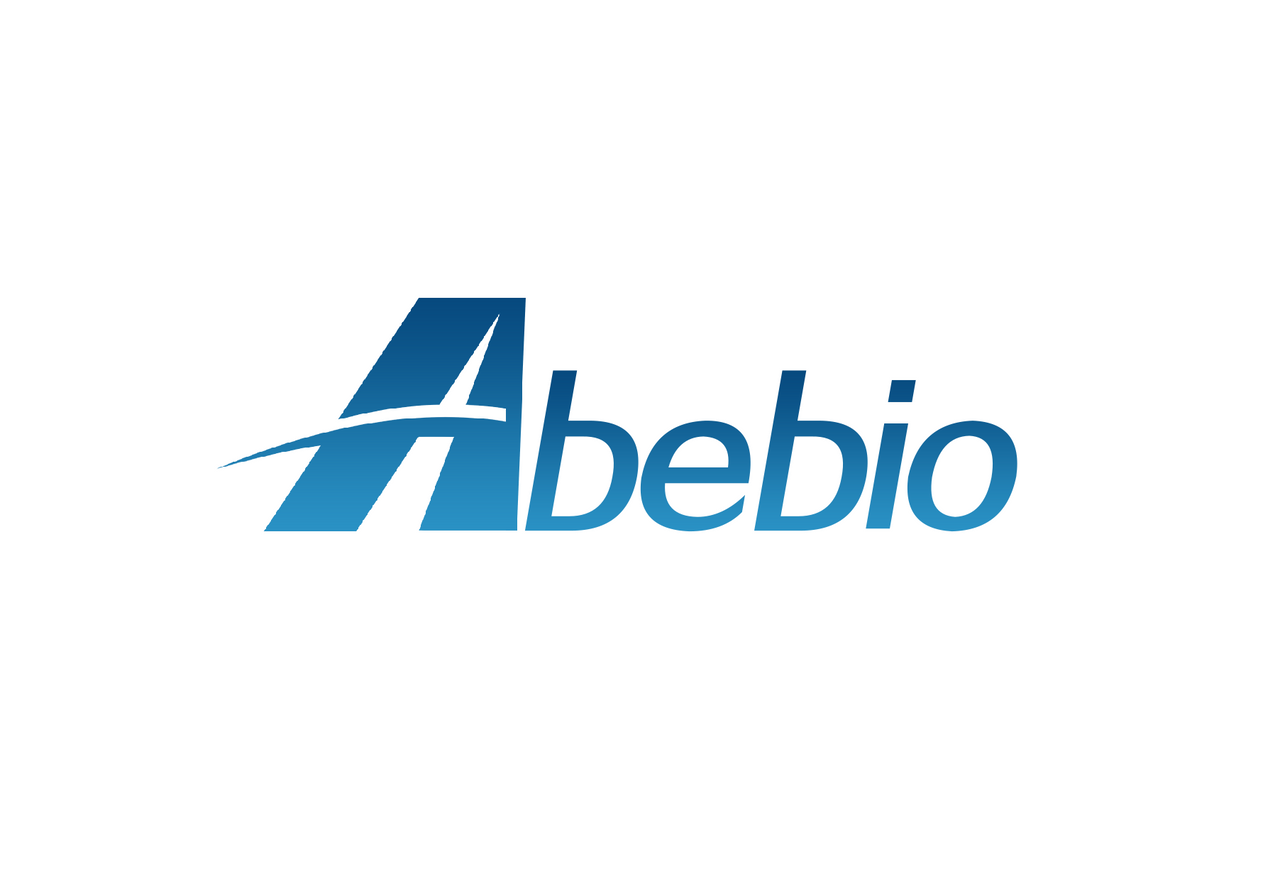Product Description
Human NAD-dependent deacetylase sirtuin-3, mitochondrial (SIRT3) ELISA Kit | AE19477HU | Abebio
Species Reactivity: Human (Homo sapiens)
Abbreviation: SIRT3
Alternative Name: SIR2L3; mitochondrial nicotinamide adenine dinucleotide-dependent deacetylase|silent mating type information regulation 2; S.cerevisiae; homolog 3|sir2-like 3|sirtuin 3|sirtuin type 3
Application: ELISA
Range: 0.312-20 ng/mL
Sensitivity: 0.112 ng/mL
Intra-Assay: ≤4.3%
Inter-Assay: ≤7.5%
Recovery: 0, 97
Sample Type: Serum, Plasma, Other biological fluids
Detection Method: Sandwich
Analysis Method : Quantitive
Test Principale: This assay employs a two-site sandwich ELISA to quantitate SIRT3 in samples. An antibody specific for SIRT3 has been pre-coated onto a microplate. Standards and samples are pipetted into the wells and anySIRT3 present is bound by the immobilized antibody. After removing any unbound substances, a biotin-conjugated antibody specific for SIRT3 is added to the wells. After washing, Streptavidin conjugated Horseradish Peroxidase (HRP) is added to the wells. Following a wash to remove any unbound avidin-enzyme reagent, a substrate solution is added to the wells and color develops in proportion to the amount of SIRT3 bound in the initial step. The color development is stopped and the intensity of the color is measured.
Product Overview: SIRT3 is a soluble protein located in the mitochondrial matrix, and contains a mitochondrial processing peptide at the N-terminus. A set of crystal structures of human SIRT3 have been solved, including an apo-structure with no substrate, a structure with a peptide containing acetyl lysine of its natural substrate acetyl-CoA synthetase 2, a reaction intermediate structure trapped by a thioacetyl peptide and a structure with the dethioacetylated peptide bound. These structures show the conformational changes induced by the two substrates required for the reaction, the acetylated substrate peptide and NAD+. In addition, a binding study by isothermal titration calorimetry suggests that the acetylated peptide is the first substrate to bind to SIRT3, prior to NAD+.
Stability: The stability of ELISA kit is determined by the loss rate of activity. The loss rate of this kit is less than 5% within the expiration date under appropriate storage condition. The loss rate was determined by accelerated thermal degradation test. Keep the kit at 37°C for 4 and 7 days, and compare O.D.values of the kit kept at 37°C with that of at recommended temperature. (referring from China Biological Products Standard, which was calculated by the Arrhenius equation. For ELISA kit, 4 days storage at 37°C can be considered as 6 months at 2 - 8°C, which means 7 days at 37°C equaling 12 months at 2 - 8°C) .
 Euro
Euro
 USD
USD
 British Pound
British Pound
 NULL
NULL












